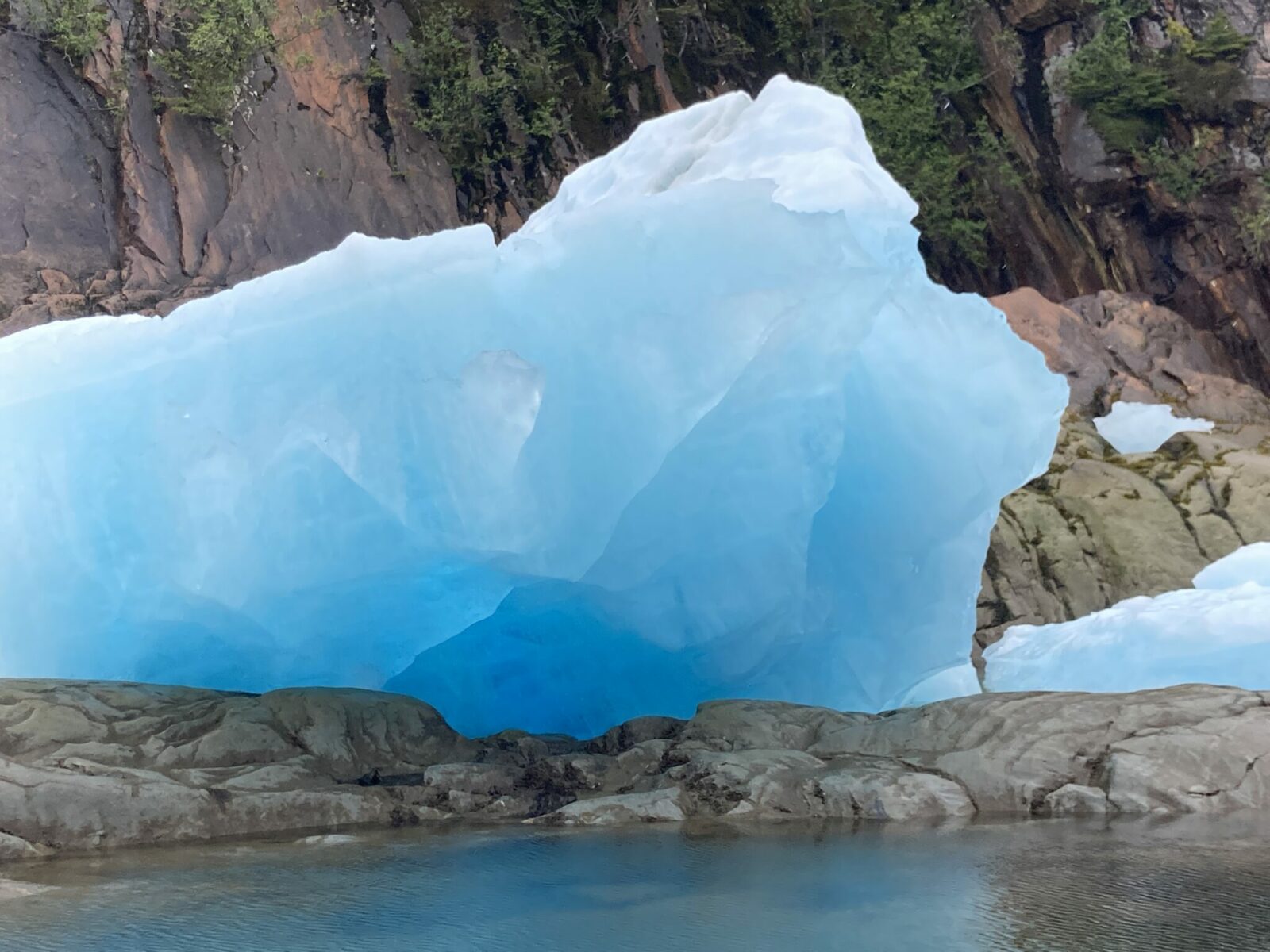Why you must see LeConte Glacier
Last Updated on December 9, 2024
The LeConte Glacier is a truly unique and stunning place and one of the best things you can see on a trip to Alaska! There are many stunning tidewater glaciers at the heads of Alaska’s many bays along the Inside Passage as well as in Southcentral Alaska, but LeConte Glacier is right at the top for the most beautiful of all.

Photo Credit: Rob Schwartz/Seek Alaska Tours
Why you ask? For one thing, it’s fascinating from a scientific perspective. LeConte Glacier is the southernmost tidewater glacier in the Northern Hemisphere, at 56 degrees north latitude. It comes down from the massive Stikine Ice Field which straddles the border between Alaska and British Columbia along the Coast Mountains. Combined with several other ice fields, this massive ice area covers the crest of these mountains nearly as far south as Ketchikan and as far north as the St Elias Mountain range. Because of it’s unique status as the southernmost tidewater glacier, it’s been extensively studied by the University of Alaska Fairbanks, the University of Oregon and generations of high school students at Petersburg High School. High school students get to travel to the nearby glacier every year by boat or helicopter to survey it and take measurements.
LeConte Glacier has been relatively stable though recently it is melting much more quickly, especially underneath where it enters the saltwater. This melting causes icebergs to break out underneath and pop out from the water, along with the icebergs that break off the face of the glacier. These icebergs frequently clog up the bay, preventing boats from getting all the way to the head of the bay!

In addition to its scientific interest and value, LeConte Glacier is just beautiful. The glacier itself is magnificent. If you’re lucky, you may see the glacier calving, when chunks of ice break off and fall into the water from the face of a glacier. There are so many other stunning things to see in LeConte Bay and on the way to it. LeConte Bay is a gorgeous fjord, surrounded by high mountains surrounded by forests and frequently shrouded in fog. Even on a rainy day, the drama of the clouds and rain make the experience just as beautiful and memorable as on sunny days.
LeConte Bay is filled with icebergs, often so many that you may not be able to make it all the way to the glacier itself. Don’t worry, if that happens you’ll be so amazed by all the ice around you it will feel like you’re already there. You’re also likely to see seals, especially pups in spring who rest on the ice to get out of the water for a bit or while their parents are finding food for them.

The experience doesn’t start when you get to the bay, it starts on the journey! On your way there, you’ll have an excellent chance of seeing wildlife, including whales in Frederick Sound and bears on shore. You’ll also see waterfalls dropping straight down from the steep mountains and icebergs along the beach and in the water as you approach the bay.

Where is LeConte Glacier?
LeConte Bay is the land of the Shtaxʼhéen Ḵwáan Tlingit. It is is located in Southeast Alaska’s Tongass National Forest, about 25 miles from the town of Petersburg. It is only accessible by boat or air.
How to get to LeConte Glacier
Seeing LeConte Glacier by Boat

Photo Credit: Rob Schwartz/Seek Alaska Tours
I highly recommend taking a boat trip to see LeConte Glacier from Petersburg. You can also get to the glacier from nearby Wrangell, but I recommend doing it from Petersburg because it’s closer. Flightseeing (see below) is also an option, but it’s prone to issues with weather and cancellations.
A boat trip has the added benefit of seeing so much more than the glacier. Experience icebergs floating right by you and all around you, get up close with waterfalls and watch the beach for bears. Whales are frequently seen in Frederick Sound which is the body of water you cross between Petersburg and LeConte Bay. Even if the ice blocks your way to get to the head of the bay, you’ll still be amazed at everything you’ll get to see.
I have personally traveled with Seek Alaska Tours and I highly recommend them! A fifth generation Petersburg fishing family, they offer wonderful sightseeing trips to LeConte Bay and whalewatching in Frederick Sound. This is one of the best tours in all of Alaska!
Seeing LeConte Glacier from the air

Another option for getting to LeConte Glacier is to book a flightseeing tour from Petersburg to fly over the glacier. This eliminates the issue of potentially not being able to get all the way to the glacier, but it adds the complication of weather.
Southeast Alaska is a very rainy climate and there are frequent days when flying over the glacier isn’t possible. This is a significant disadvantage of going with a flightseeing trip.
Another option is to look for it if you’re flying into Petersburg. I have also seen the LeConte Glacier quite a few times from the air flying between Seattle and Juneau or Seattle and Anchorage. This isn’t a guarantee since you might not be on quite the right flight path to see it, or it could be cloudy! You’ll also be seeing it from very high above. If you want to watch for it, sit on the right side of the plane going north and the left side going south and hope for clear skies and that your route takes you over it!










